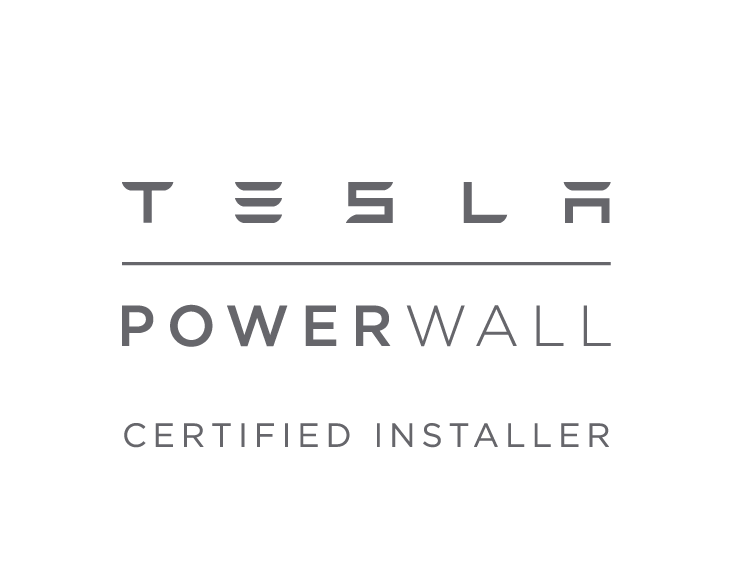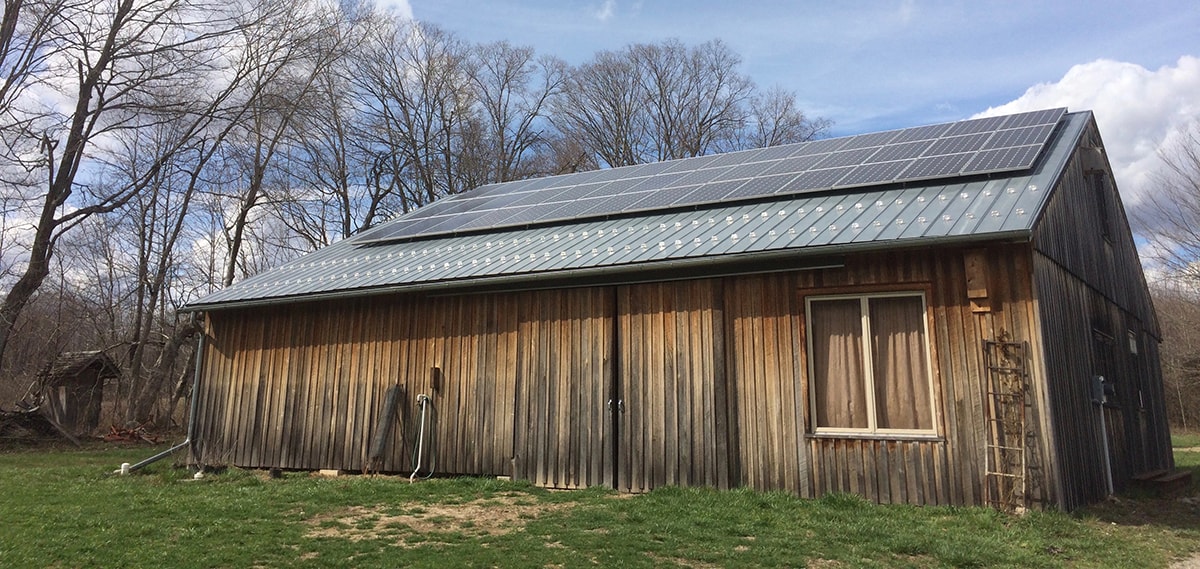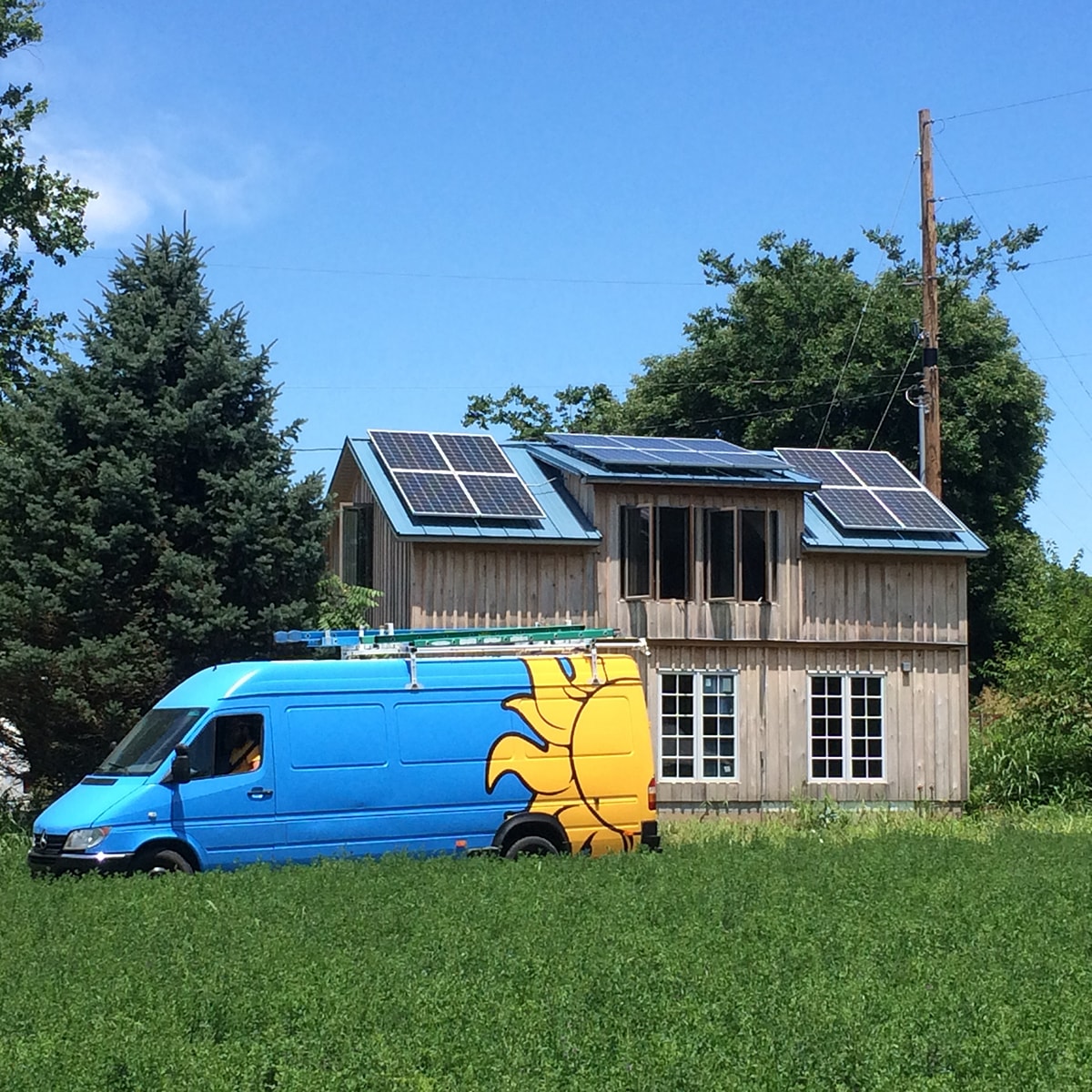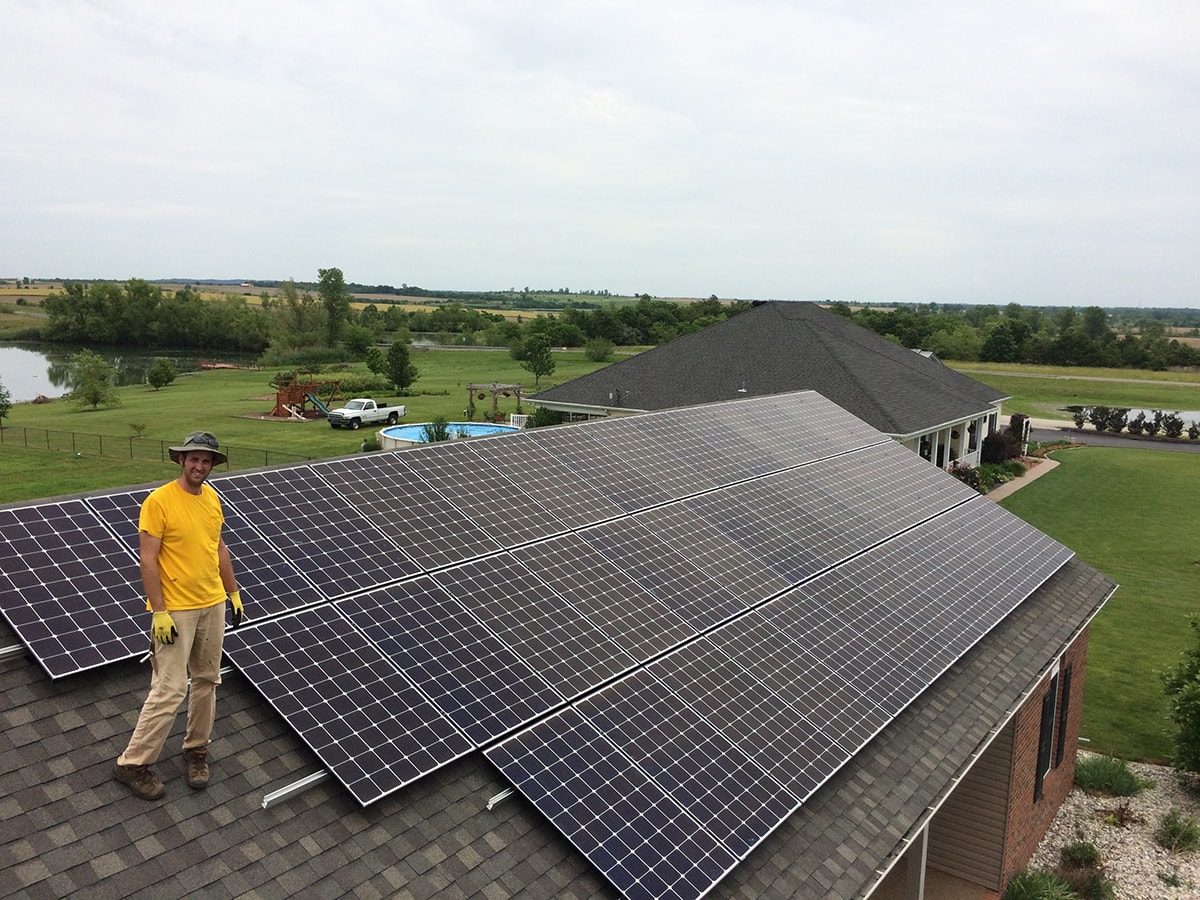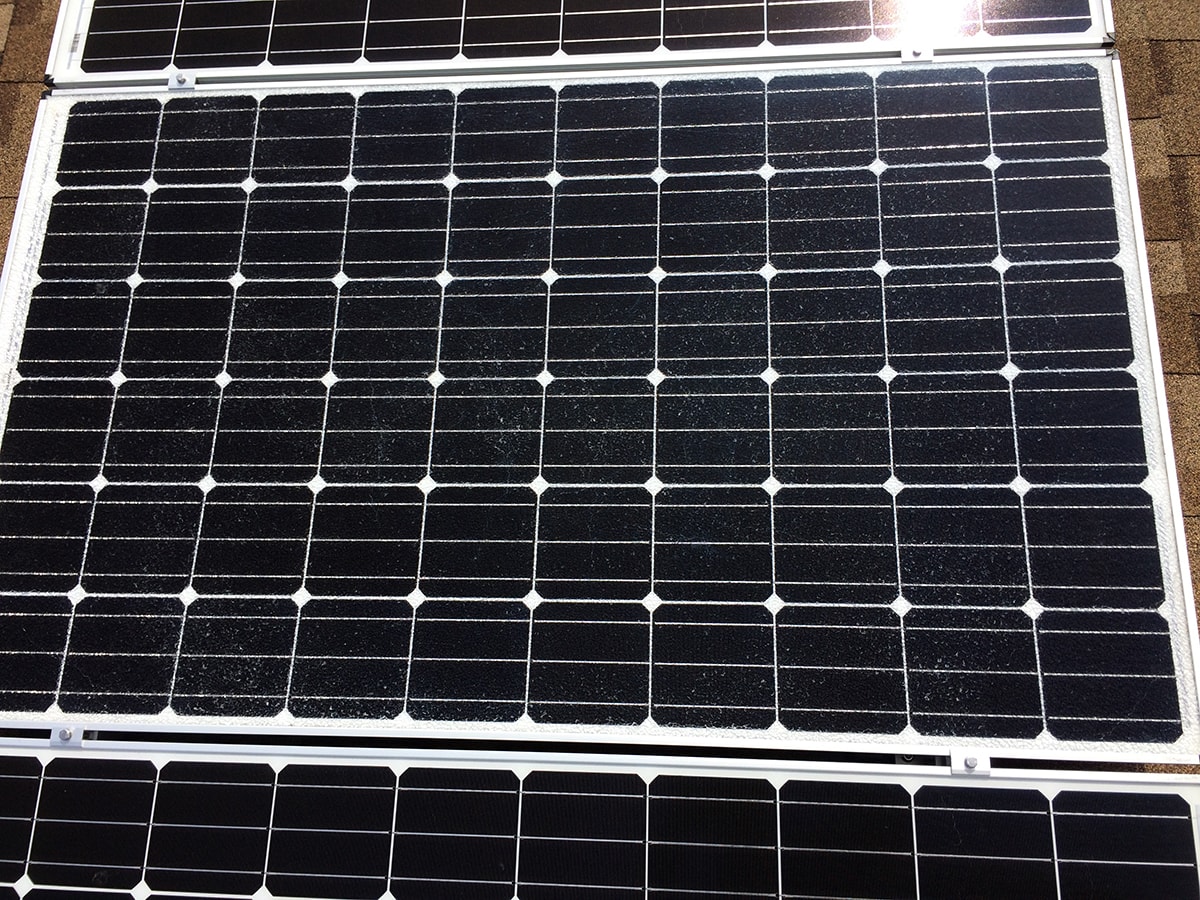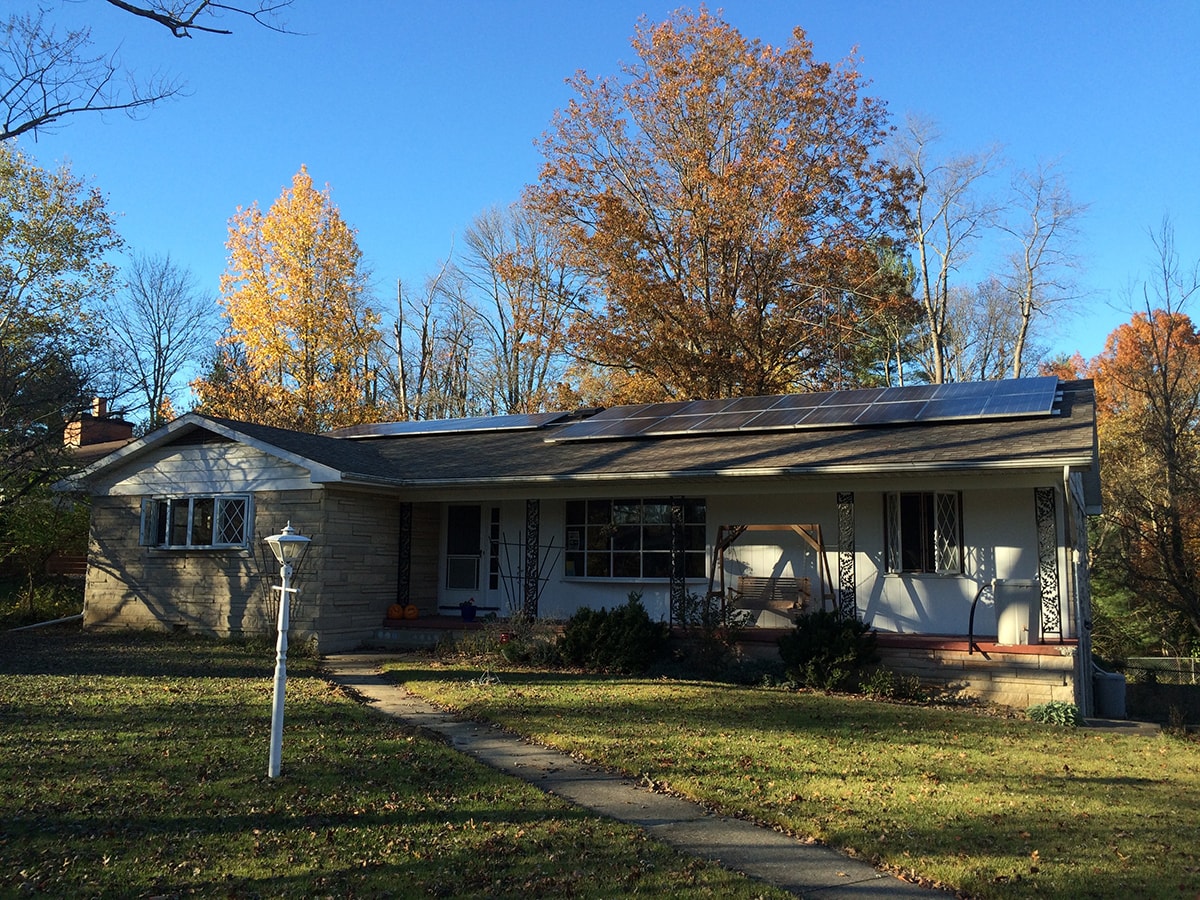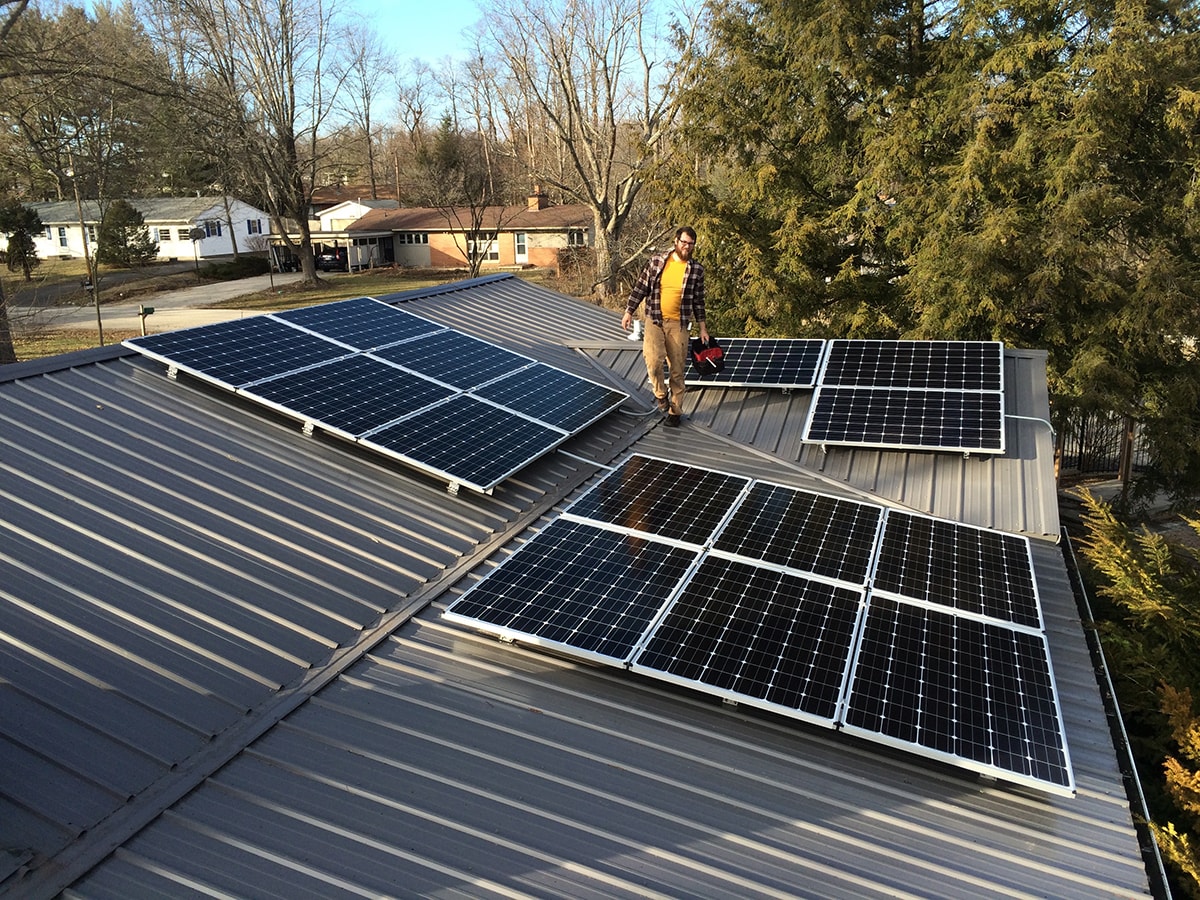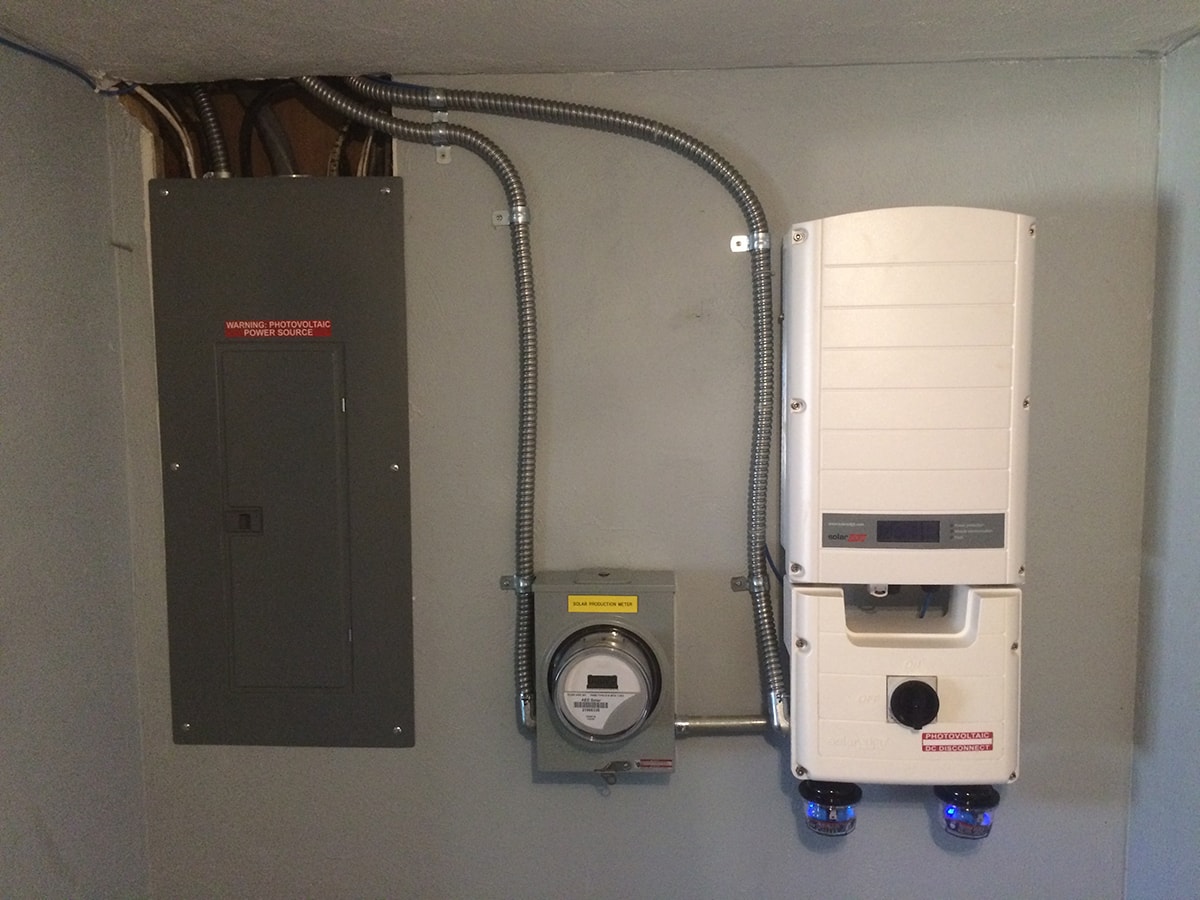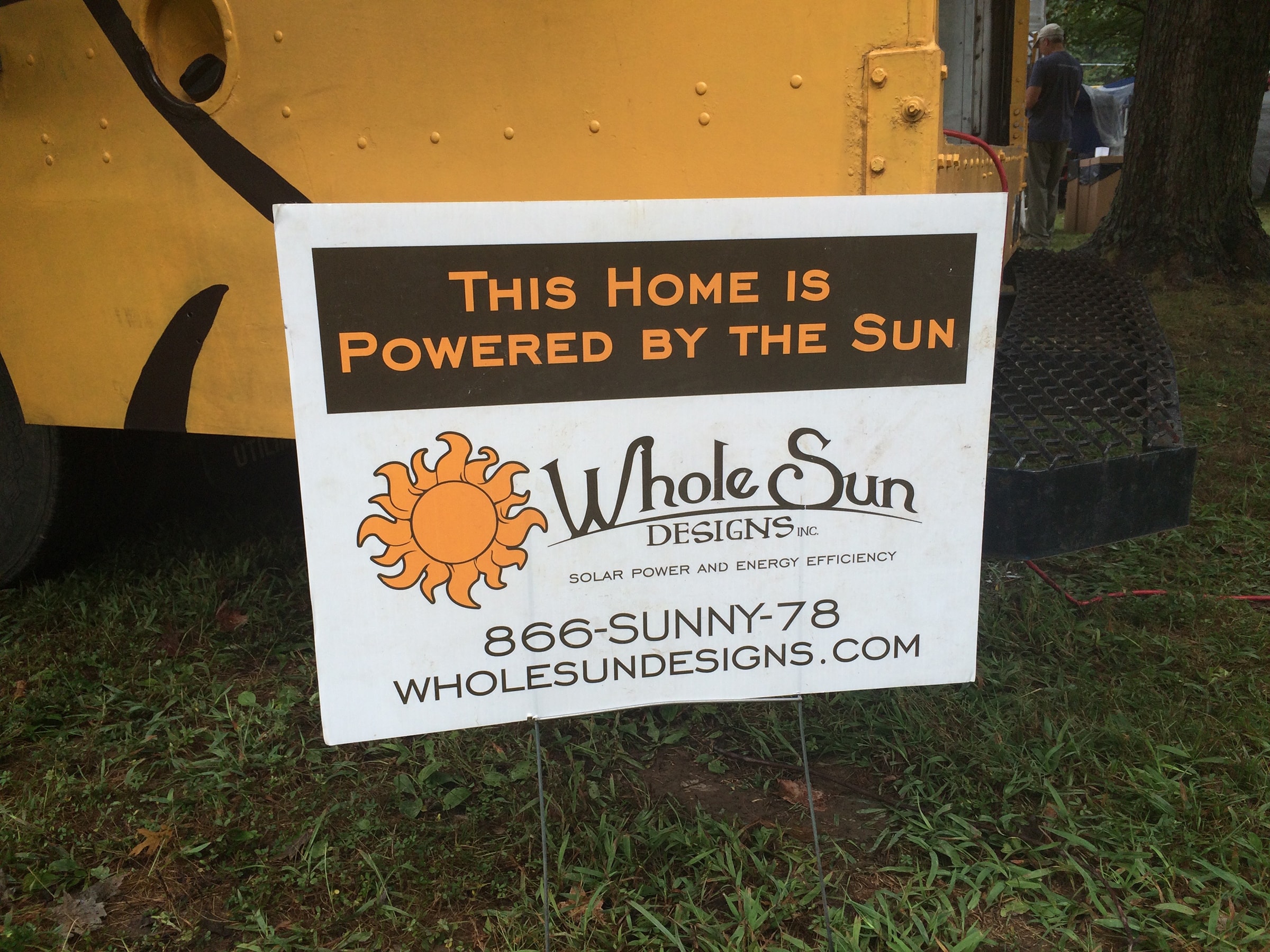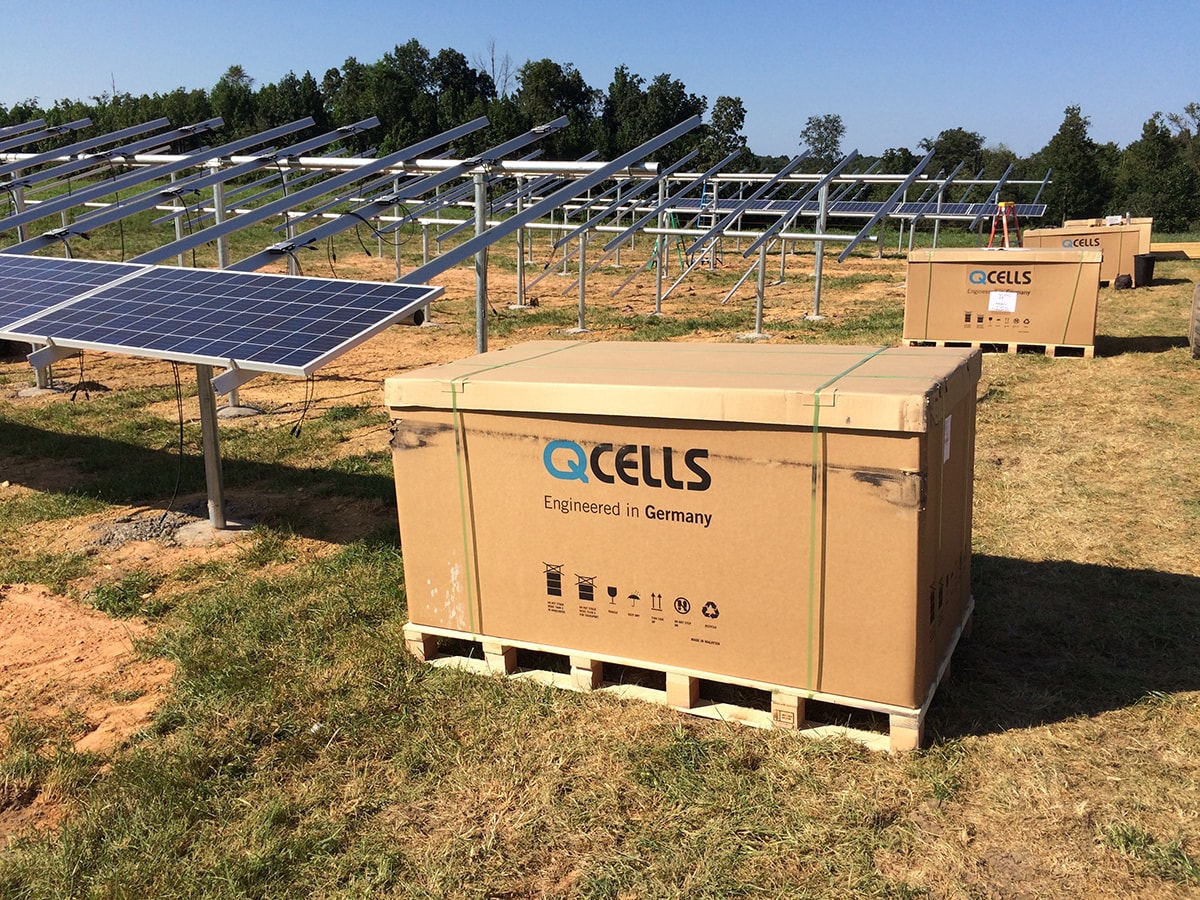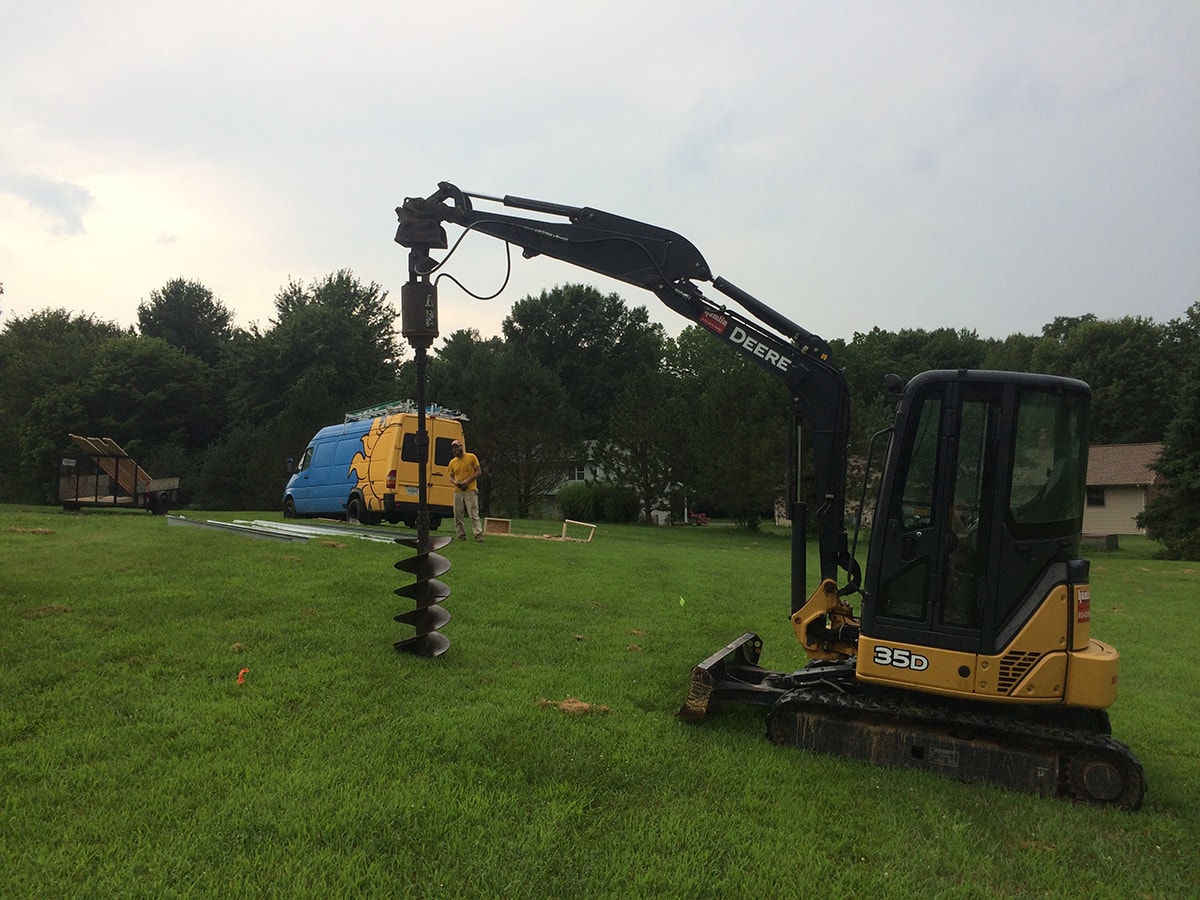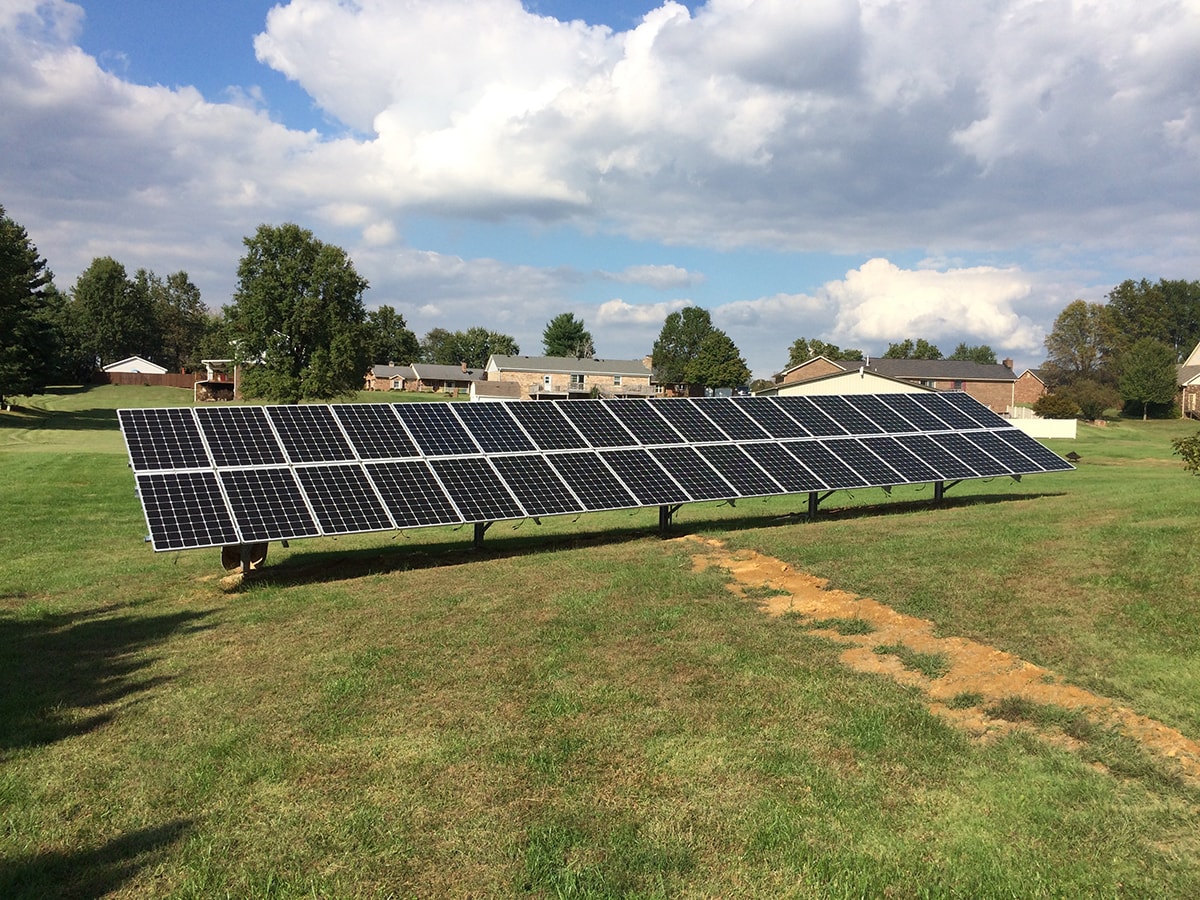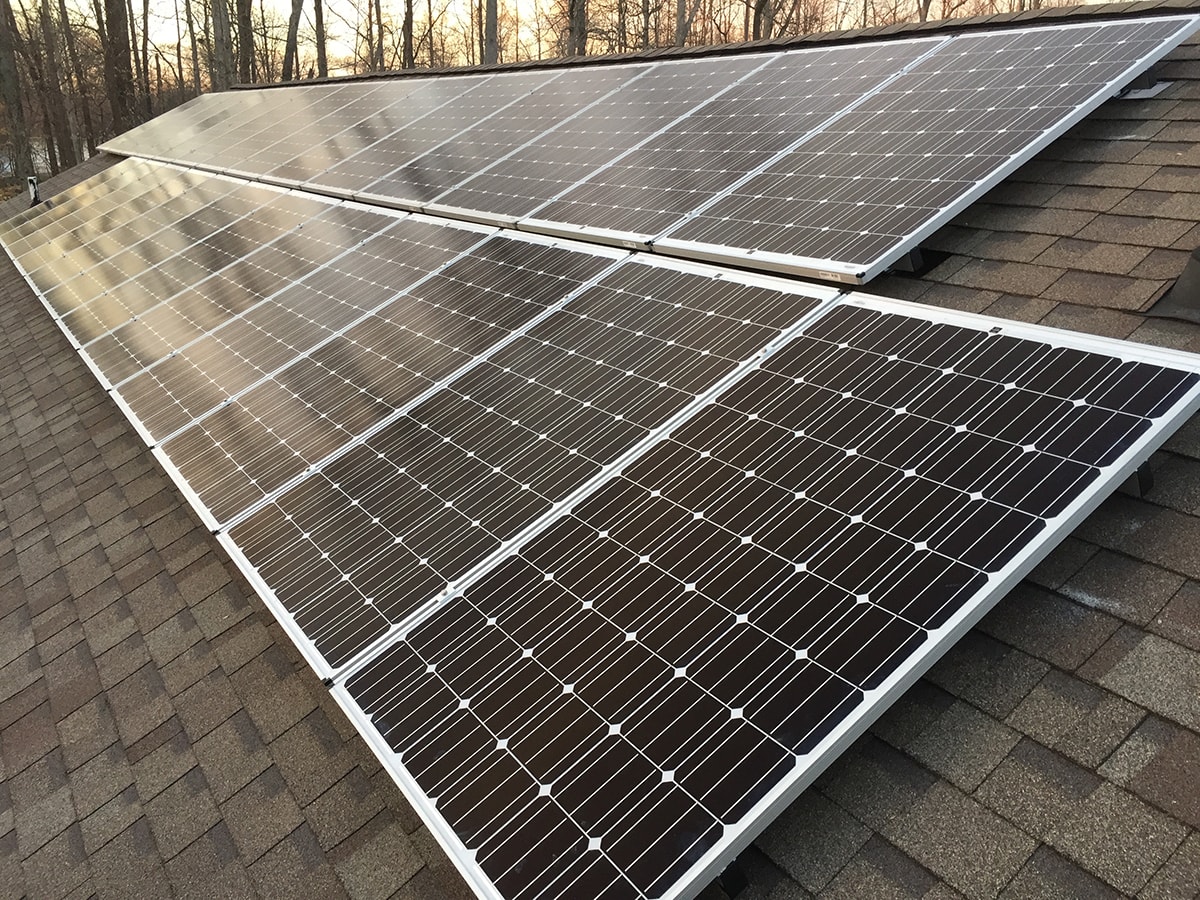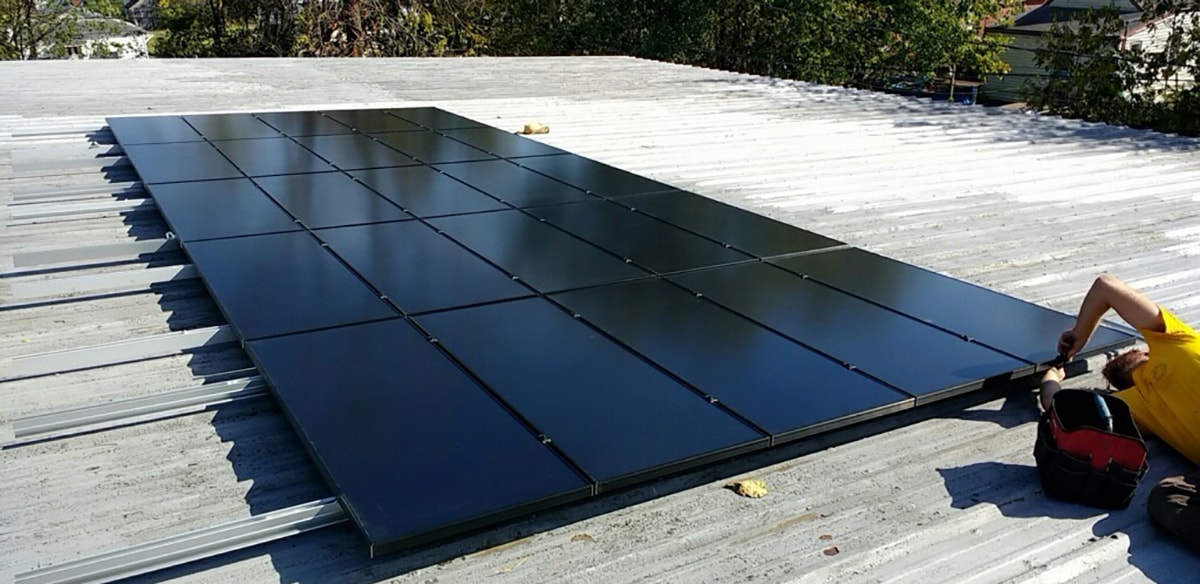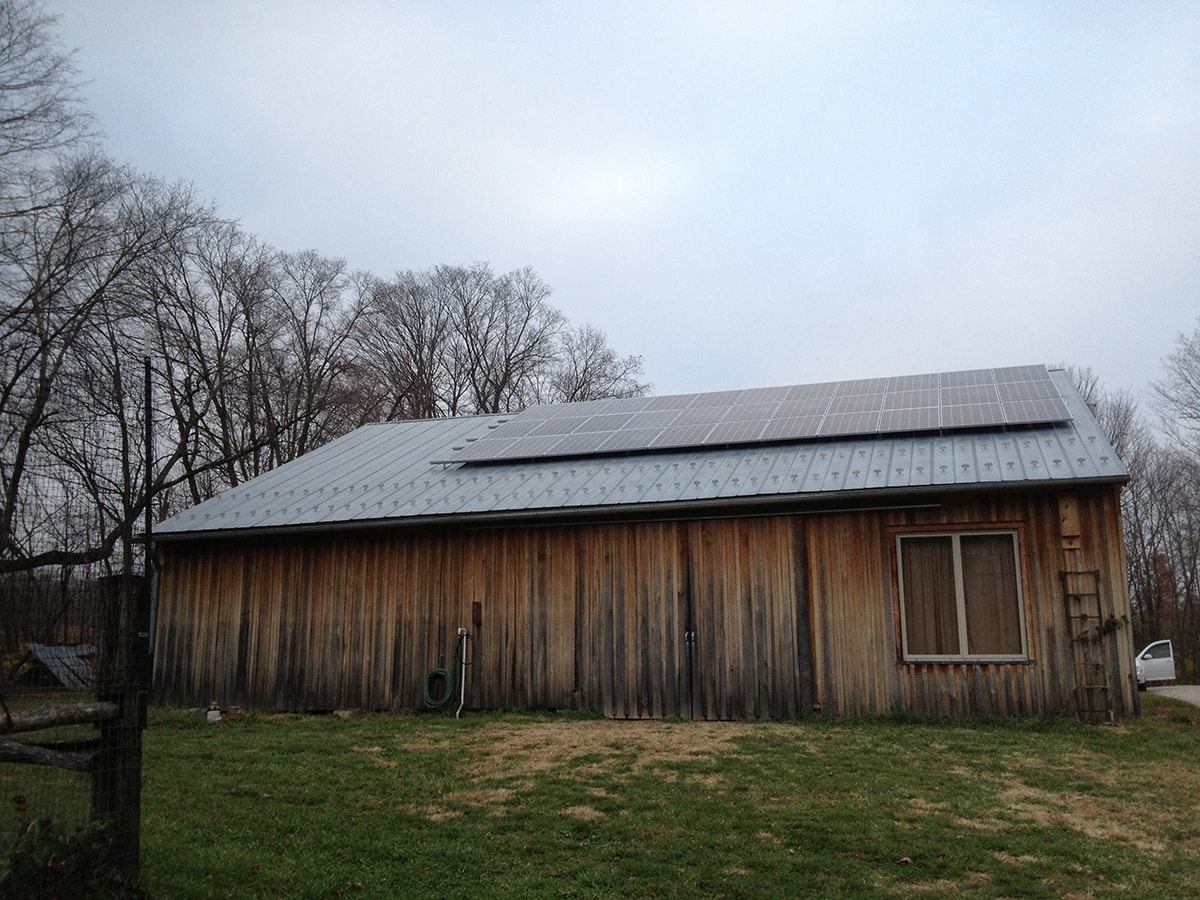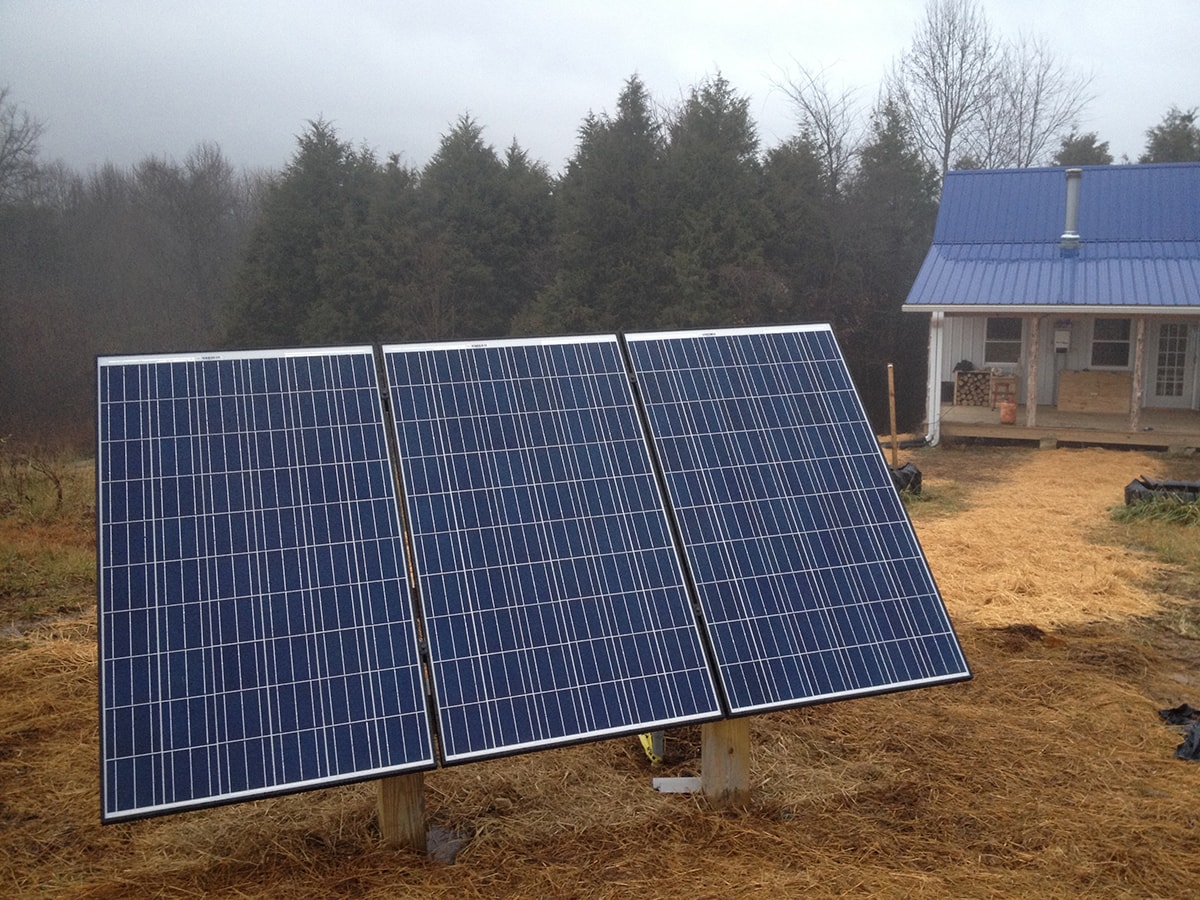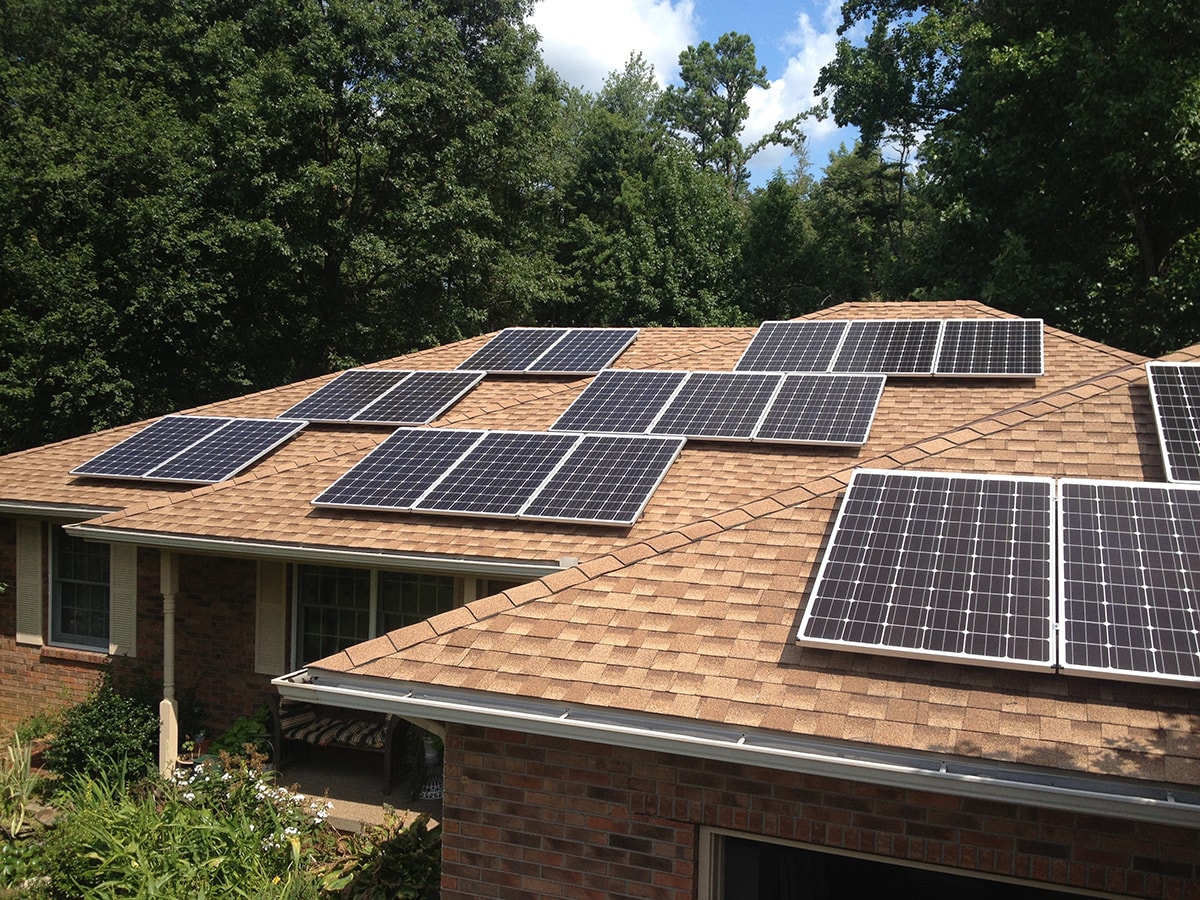WHAT MAKES A GOOD SOLAR SITE?
The ideal site for a solar array in Southern Indiana is a south facing roof pitched at about 32˚. The site should have little or no shading and be close to the electric meter for the property. However, roof pitch can vary from flat to 45˚ and panels can be mounted on east or west facing roof. Solar arrays can also be mounted on the ground if roof space is unavailable.
TYPES OF SYSTEMS
Whole Sun Designs Inc. has worked on a wide variety of solar power systems including: solar electric (with and without batteries), solar thermal, passive solar home design, and hydronic/radiant flooring heating systems. While we have the ability to work on a wide variety of designs, our focus is on grid-tied solar electric/PV systems for residential and light commercial. By focusing on what we do best, we can provide personal service and fine craftsmanship to ensure maximum production of your system for years to come.
ENERGY EFFICIENCY
Energy efficiency is the first step in bringing down your utility bills. Simple tasks such as changing light bulbs to LEDs, adding pipe insulation and an insulation blanket to a water heater, and caulking windows can be accomplished by anyone with basic handy(wo)man skills. Other tasks such as adding attic or wall insulation, upgrading appliances and HVAC equipment, and replacing windows may need to be contracted out to professional. Either way, these are good investments for energy savings.
COMMON TERMS
Watts or Kilowatts (W or kW) - Used to measure rate of energy use or production. Light bulbs rate their output by watts. Similarly, solar panels rate their generation in watts. One 250 watt solar panel can power two and a half 100 watt light bulbs or five 50 watt light bulbs.
Kilowatt Hours (kWh) - Measures total energy used or produced over a certain time period. A 100 watt light bulb on for 10 hours uses 1 kWh, while a 250 watt solar panel in the sun for 4 hours produces a 1 kWh. Utilities charge based on kWh usage.
Dollars per Watt ($/watt) - A common way to price solar arrays. The total cost of the system divided by the DC wattage of the solar array helps compare apples to apples.
UTILITY BILLS
The first step in sizing and pricing your system is to look at your utility bill. Ideally, we would gather the last twelve months’ bills in order to add up annual usage in kilowatt hours (kWh). Many bills also have a graph showing the previous year’s usage. From there, we have a simple formula to size a solar array based on your usage and price it based on system size.
RETURN ON INVESTMENT
Generally, net metered systems in Southern Indiana often pay for themselves in about 10 years, while panels are warrantied for 25 years. However, every system is different. Sending us a copy of your utility bill is the first step in getting a personalized quote for your home or business.
MONITORING
Online monitoring is standard on all systems. With power optimizers, we can monitor production details at the panel level. This simplifies ongoing operations and maintenance of the system and makes troubleshooting easy. You will have access to system monitoring from any smartphone, computer, or tablet through the manufacturer’s website.












